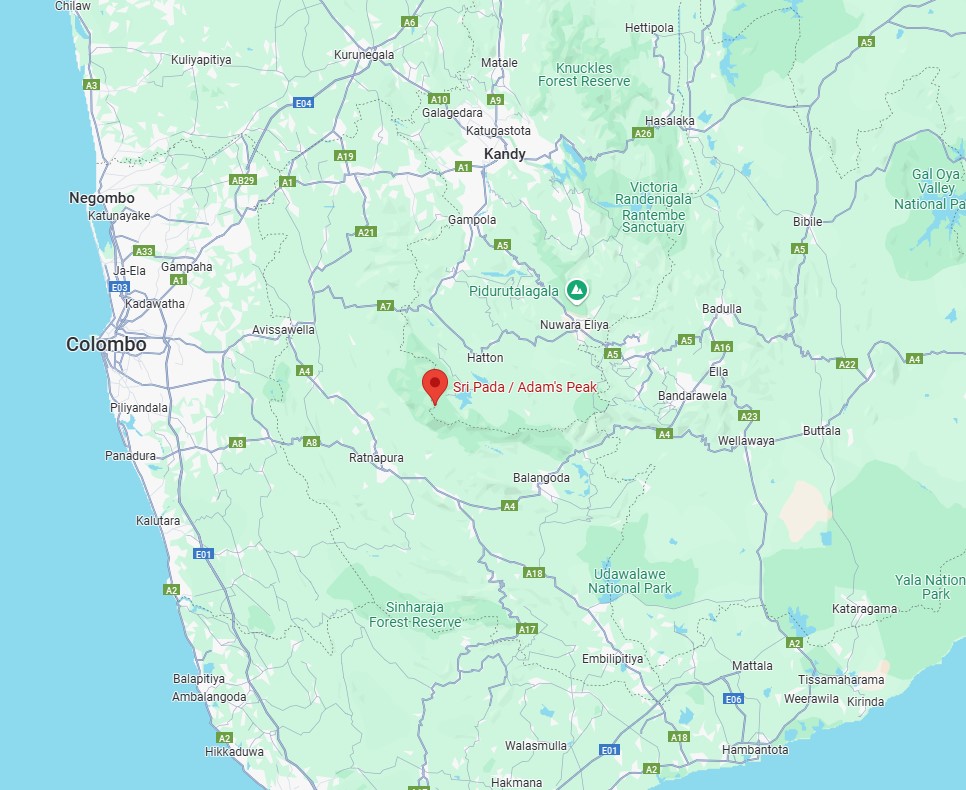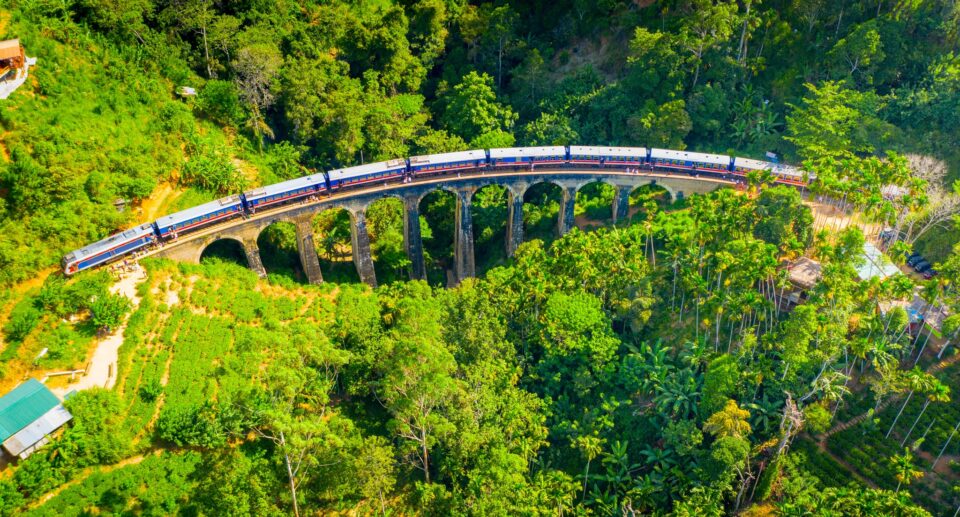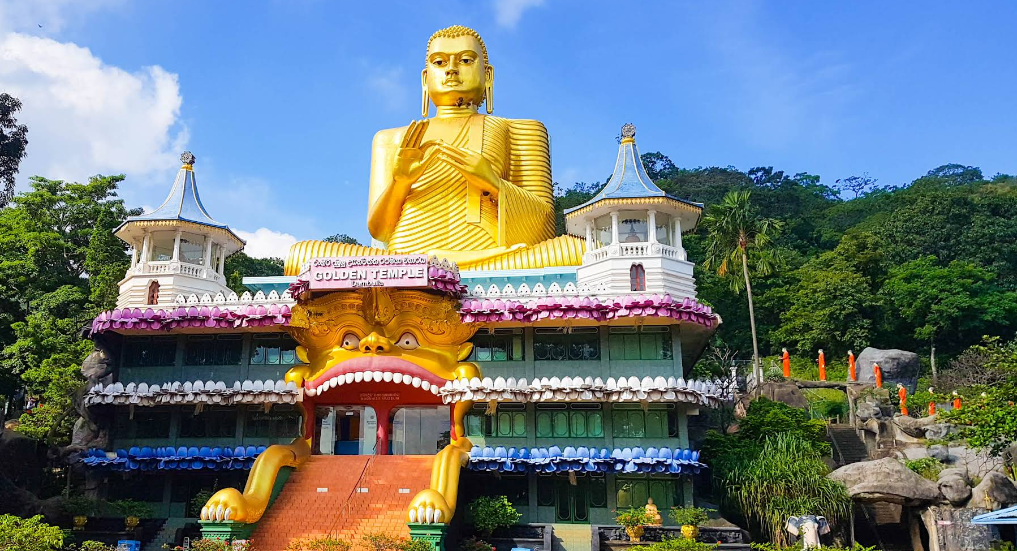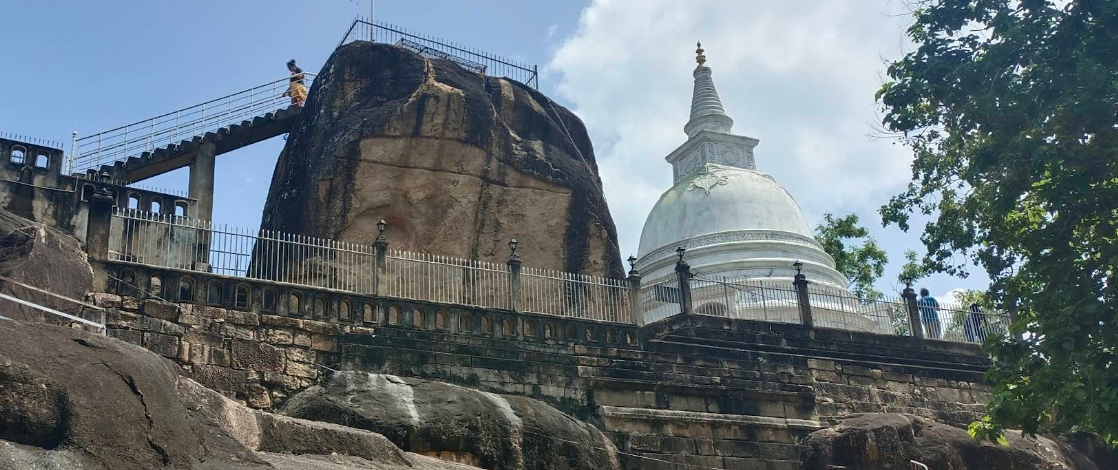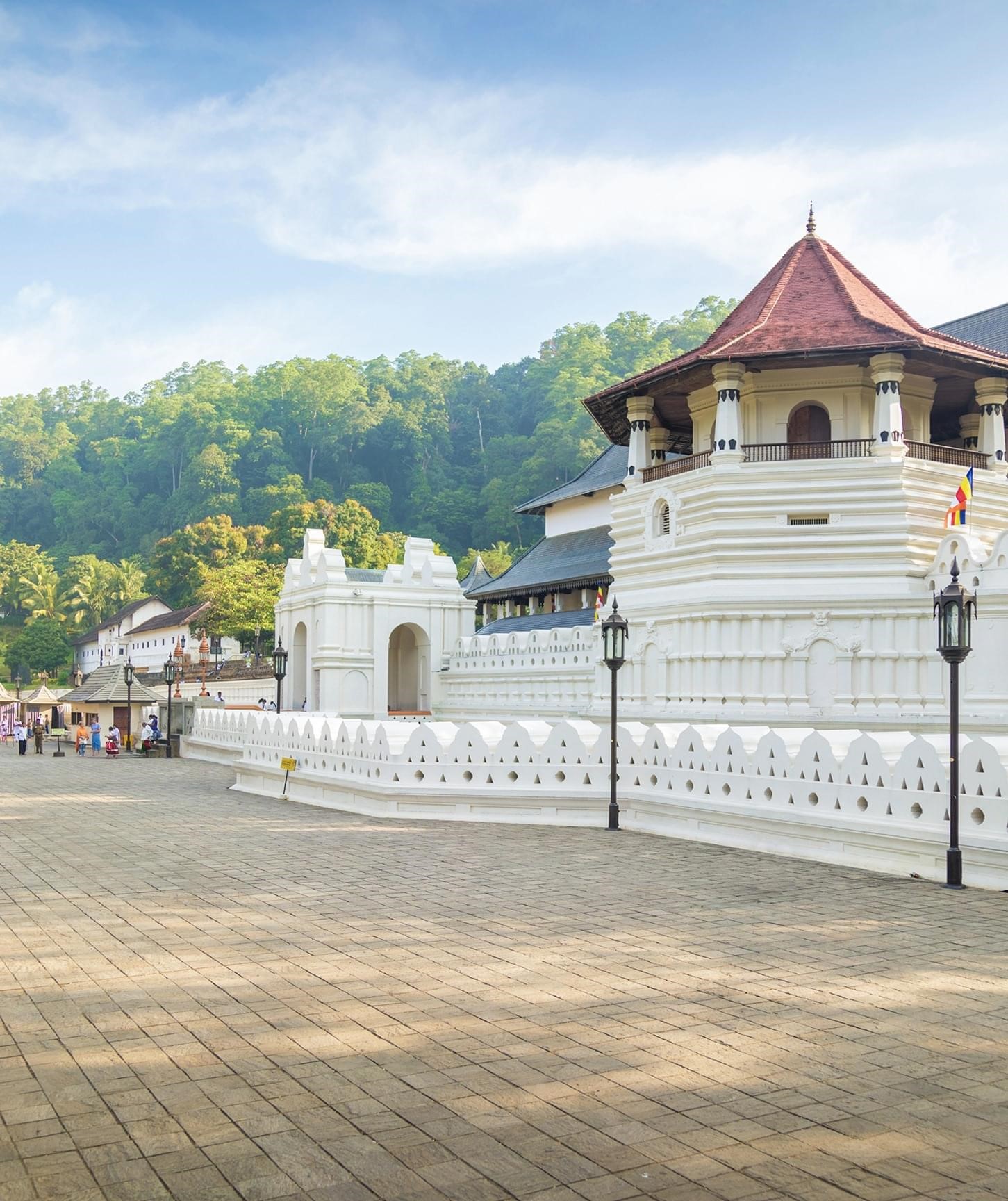Sri Pada (Adam’s Peak): A Sacred Journey of Faith and Nature
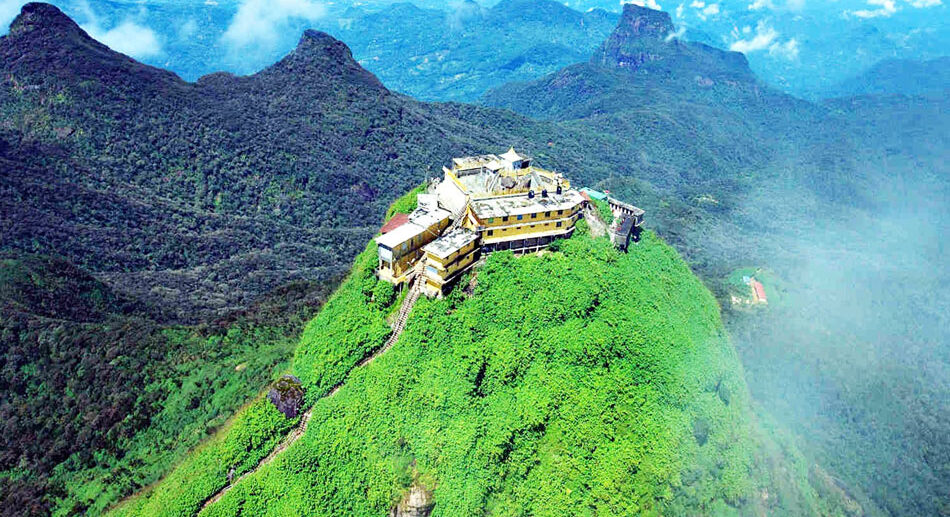
Towering to a majestic 2,243 meters (7,359 feet) above the Sri Lankan central highlands, Adam’s Peak, otherwise known as Sri Pada or “Sacred Footprint” to indigenous people, is not just a mountain, but an icon of faith, coexistence, and nature’s beauty. Borne aloft by numerous religions and cultures, Adam’s Peak is where faith meets the wonder of nature. The mountain has been attracting pilgrims for over a thousand years and is consequently one of the world’s longest-running places of pilgrimage. In this essay, we are going to speak about the religious significance, historical background, environmental importance, and cultural heritage of this world-renowned site.
Religious Significance
Adam’s Peak is unique in comparison to other mountains in that it is spiritually significant to several major religions: Buddhists believe the big footprint-shaped depression at the top to be that of Lord Buddha himself, who, according to legend, visited Sri Lanka during his third trip to the island. This is supported by ancient chronicles like the Mahavamsa, which narrates the journey of Buddha across the island and his pilgrimage to Sri Pada as a heavenly benediction upon the land.
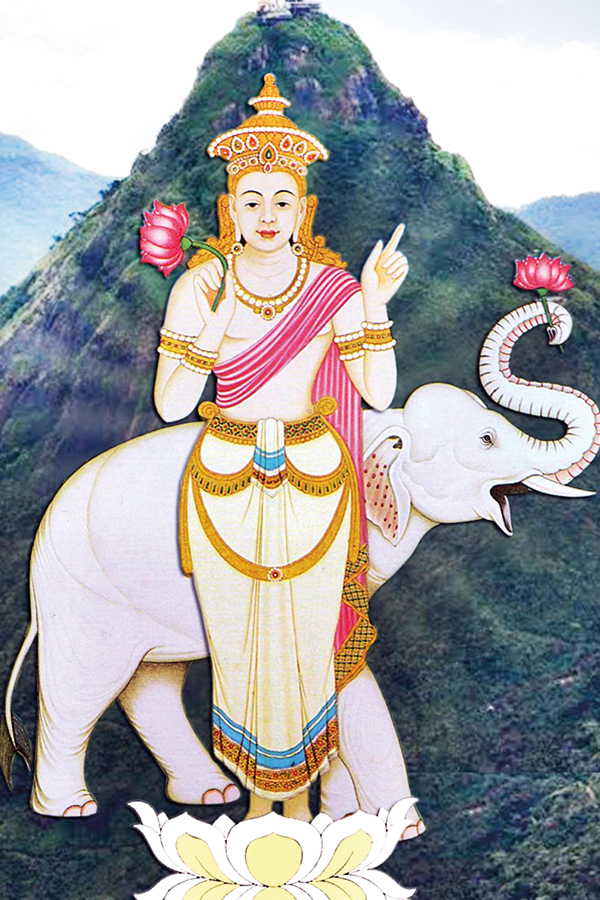
Hindus also equate the footprint with Lord Shiva, one of the principal gods of the Hindu trinity. Sivanolipadam or “the Light of Shiva’s Foot” is the Tamil name for the mountain. Hindus ascend to the top to pay homage to this holy connection.
The footprint is attributed by Muslims and Christians to Adam, the first human being in Abrahamic belief. In some versions, upon being driven out of Eden, Adam stepped onto the summit of this mountain and stayed there for a thousand years in penance. Early Christian pilgrims and colonialists identified the mountain also with St. Thomas, the apostle, who is reported to have brought Christianity to South Asia.
The presence of multiple religious meanings to the mountain makes Adam’s Peak a symbol of resilience in interfaith concord. It is among the rare sites where people of diverse religions congregate in shared reverence, with their own rituals, prayers, and stories.
The Pilgrimage
The climb to Adam’s Peak is a physical and spiritual challenge. Climbing season is the conventional Poya Day in December to April, with clear skies and good weather. Climbing is typically done at night so pilgrims can ascend to the summit at sunrise to witness the enchanted sunrise, which provides a spiritual climax to the pilgrimage.
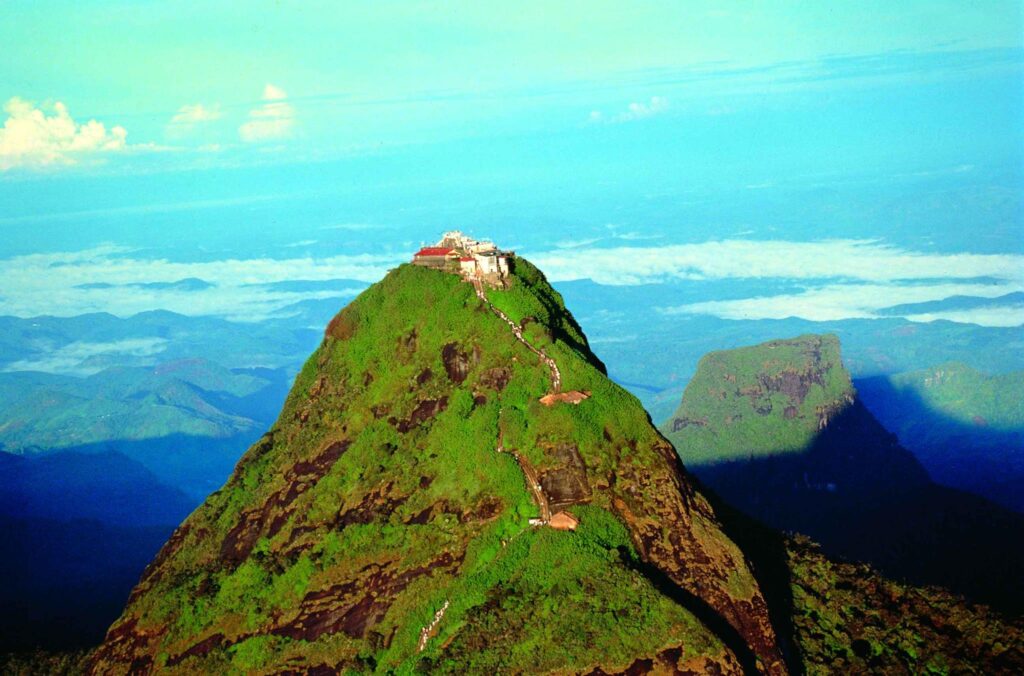
There are a number of routes to the top, the Hatton-Nallathanniya route being the most popular. It is approximately 7 kilometers long and involves climbing over 5,000 steps. Despite its steepness, people of all ages and backgrounds ascend to the top some barefoot, some chanting, others in contemplative silence.
Along the way are rest stops, tea stalls, and shrines, adding to the sense of fellowship and support that pervades the pilgrimage. Pilgrims ring the bell at the summit once for each successful ascent, while some locals ring it hundreds of times in a lifetime.
The Sacred Footprint
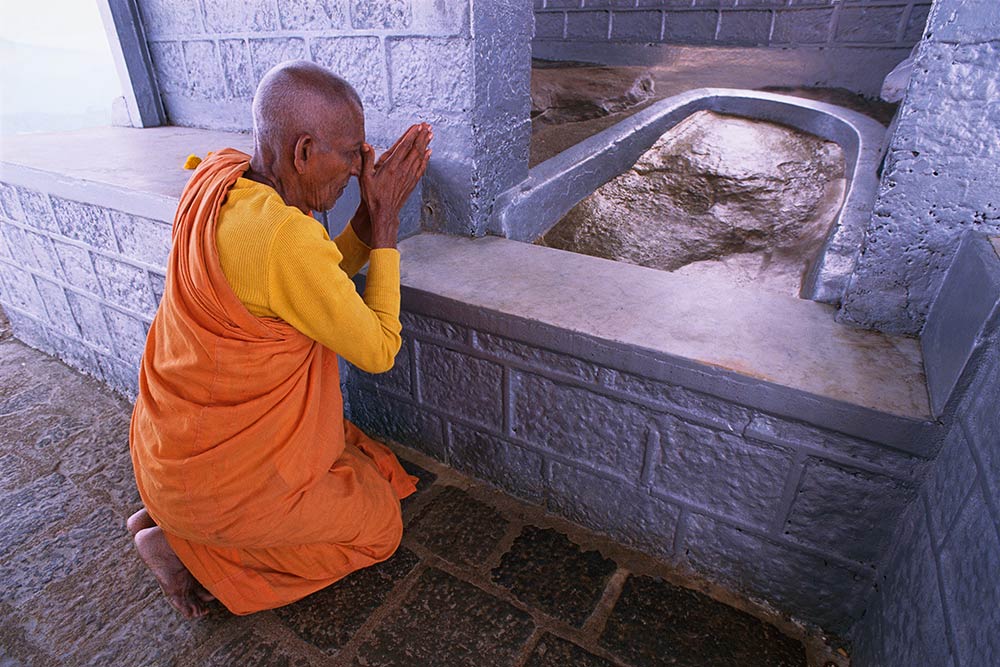
At the summit lies the Sri Pada, a 1.8-meter rock formation resembling a footprint. Enshrined in a small temple and guarded by monks, it is the spiritual heart of the mountain. Though the exact origin of the footprint is unknown, it has been venerated since ancient times. Historical records from Chinese Buddhist monk Fa-Hien (5th century), Arab travelers, and later, European colonials, reference the site and its significance.
Nowadays, the footprint is protected by a tiny shrine, and pilgrims are allowed a brief moment to pray or reflect before yielding to the next.
Historical Context
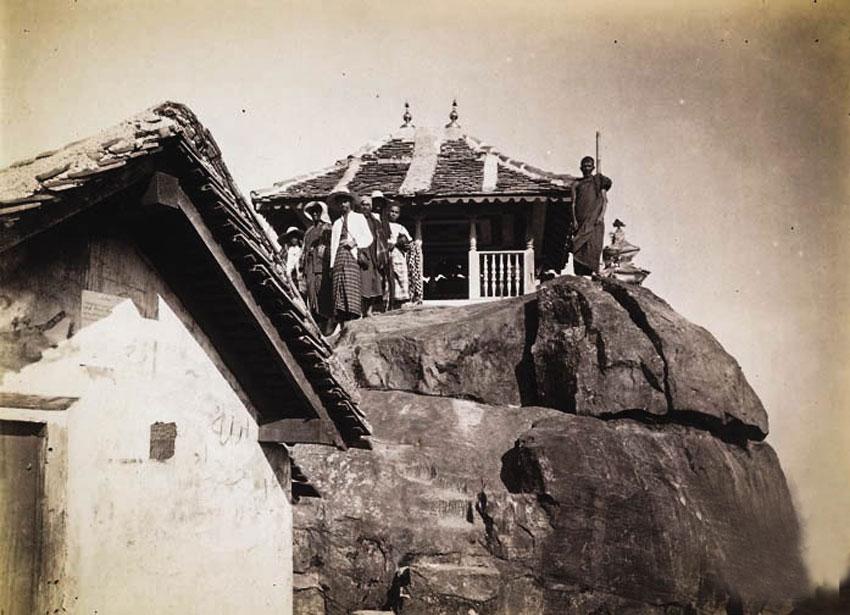
Adam’s Peak has been a feature of the local historical and literary accounts for centuries: In the 5th century, Chinese monk Fa-Hien described the mountain in his travel accounts. Marco Polo (13th century) also mentioned the mountain in his travels in Sri Lanka. It was charted and ascended by officials during the British colonial period, and it is both a religious site and a point of tourist intrigue. The combination of exploration, myth, and religion has set the mountain near as mythical outside of time itself.

Ecological Importance
Apart from its religious and cultural importance, Adam’s Peak is located within the Peak Wilderness Sanctuary, a biosphere reserve listed by UNESCO. The area is biologically rich and is home to many endemic plant and animal species.
The rainforest surrounding the peak plays an important role in regulating the water systems of the island. Rivers such as the Kelani, Kalu, and Walawe originate from there. The mountain is also one of the few places on Earth where the Sri Lankan leopard, purple-faced langur, and numerous bird species can be found.
The cloud forests and foggy slopes offer a surreal environment for climbers, and there has been an effort in recent years to promote eco-tourism to protect this fragile environment.
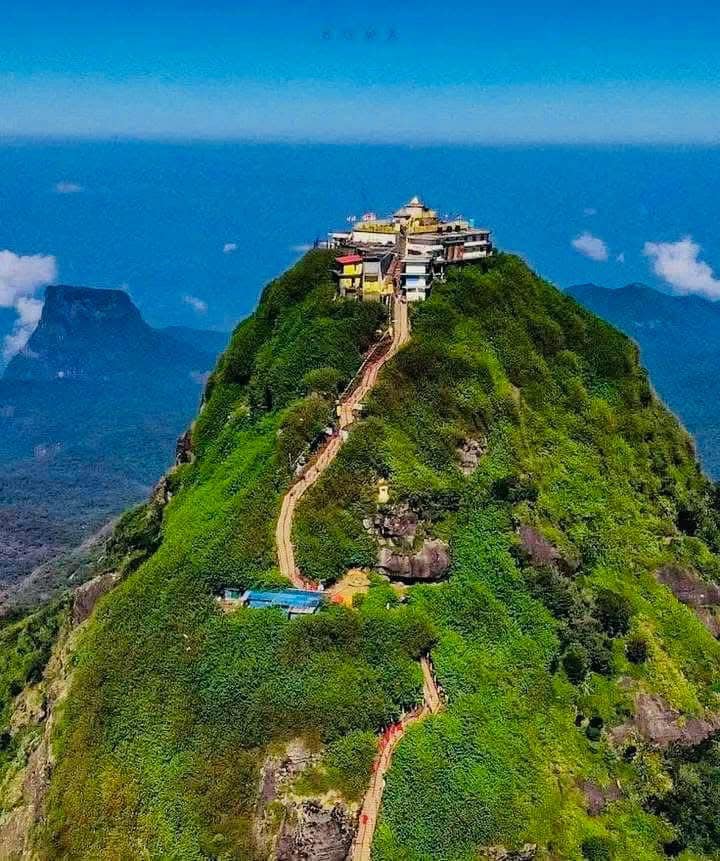
Cultural Practices and Beliefs
The trek is not just a religious pilgrimage it’s quite thoroughly a cultural one. Pilgrims will carry with them white cloth, incense sticks, and oil lamps. Some remain in silence vow, but others chant devotional songs or read scripture on the way up.
One of the unique traditions is waiting for the “Shadow of the Peak”a triangular shadow cast by the mountain at dawn, which appears to float in the air. This phenomenon, created by the sun’s position and the shape of the mountain, is taken as a spiritual assurance of the existence of God.
The towns surrounding the mountain come to life during pilgrimage season, and villagers offer lodging, food, and guidance. This pilgrim tourist activity gives an economic stimulus to the majority of the rural towns within the area.
Modern Developments and Conservation
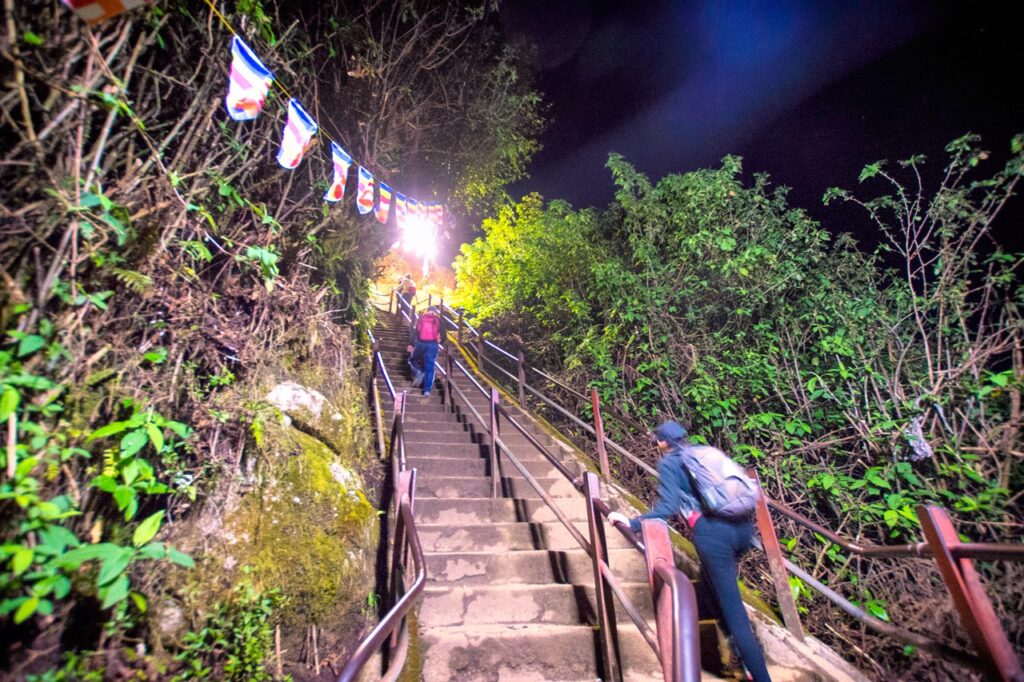
Better infrastructure over the past few decades surrounding Adam’s Peak has included better lighting, cleaner rest stops, and increased safety features. With the increased traffic, though, is an issue of congestion, pollution, and commercialization. Conservation organizations and religious denominations have led initiatives to promote sustainable pilgrimage conduct, such as collecting garbage, planting trees, and minimizing the use of plastics. The expectation is that holiness and majesty of nature at the summit are to be preserved for the future generations to enjoy.
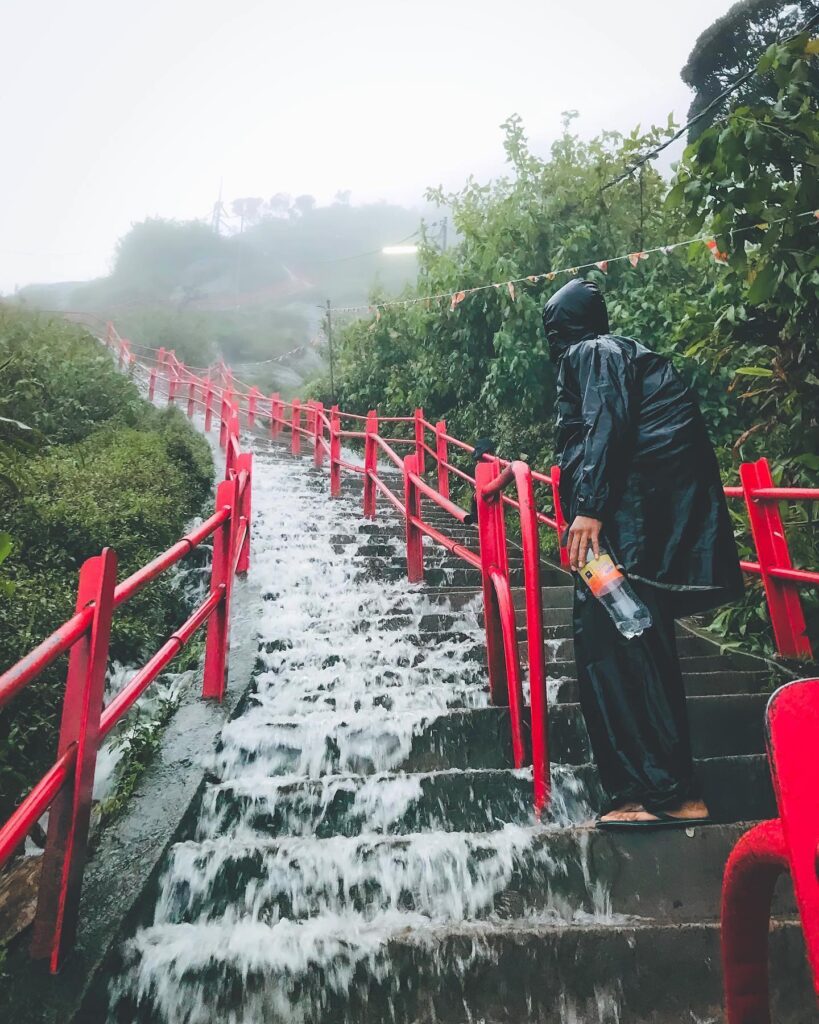
Adam’s Peak, or Sri Pada, is a profound symbol of Sri Lanka’s cultural diversity, spiritual richness, and natural beauty. That it can unite people of different faiths and backgrounds, and its breathtaking landscapes, makes it not only a national treasure but an international one too. Whether one climbs it as an act of faith, a challenge to wills, or in awe of nature, the experience is unforgettable.
The mountain is a teacher of humility, perseverance, and oneness values that this world sorely lacks today. Climbing Adam’s Peak is not merely climbing a mountain, but ascending to understanding, reflection, and peace.
How to Go to Sri Pada (Adam’s Peak)
Sri Pada (Adam’s Peak) is located in the central highlands of Sri Lanka, near the town of Hatton in the Nuwara Eliya District. There are multiple routes to the summit, but the most popular and accessible is the Hatton-Nallathanniya trail. Here’s how you can reach it:
By Train (Recommended for Scenic Views)
- Colombo → Hatton
- Take a train from Colombo Fort Railway Station to Hatton.
- Duration: ~5–6 hours
- Trains on the Main Line toward Badulla run several times a day.
- Book in advance if possible (especially 1st or 2nd class with reserved seats).
- Hatton → Nallathanniya (Dalhousie)
- From Hatton, take a bus, three-wheeler, or taxi to Nallathanniya, the base town for the climb.
- Duration: ~1.5–2 hours by road
- Buses are available, but taxis are more flexible.
By Bus
- You can also take intercity buses from Colombo, Kandy, or Nuwara Eliya to Hatton.
- From Hatton, proceed to Nallathanniya as above.
By Car/Taxi
- Driving directly from Colombo to Nallathanniya takes about 5–6 hours.
- This is the fastest and most comfortable option if you prefer a private journey.
By Air
- The nearest airport is Bandaranaike International Airport (CMB) near Colombo.
- From there, travel to Hatton by train or car.
Climbing the Peak
- Best time to climb: December to April (during pilgrimage season).
- Start your climb at night (around 2:00 AM) to reach the summit by sunrise.
- Wear comfortable shoes, carry warm clothing, water, and a flashlight (though the trail is usually lit).
Map of Sri Pada
